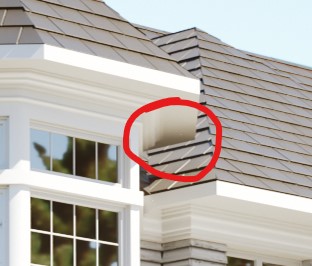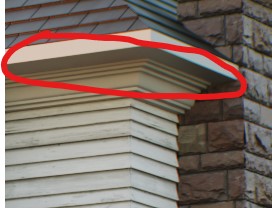I decided to wake up this thread because after year of making architectural viz's, testing, comparing renderings with other engines and self investigation, photos I'm 100% sure that Octane has serious issue in the terms of light distribution in not only dark areas but especially with polygons that are not directly exposed to direct light !
This is why most of the people use Corona and VRay for such type of renderings.
Within the time I saw people that asked the same, some days ago for example : the same interior scene in Corona and Octane :
https://www.facebook.com/groups/OctaneR ... 3274330068
Problem is with :
1. When in some areas light power is decreased gamma fallow for materials in Octane is decreased too much - it create too much darkness in dark area. Also color of material distribution to other material is decreased too. It create somewhat flat areas especially in interiors where light from brown wood floor should be bounced more.
2. Octane doesn't take in mind that light bounced from bright wall to another bright wall should increase its power to make wall that it is oriented 90 degrees to them should receive more light power that from outside environment - like these walls above balconies that are not directly exposed to direct and indirect light from sky or Sun.
For making exterior ambient light like cloudy sky sometimes best is to use Direct Lighting with Ambient Occlusion mode especially in dense, tight areas ! This is nonsense :
Example of dark area but should be more bright because of 80% bright ground where light should be bounced to up :
Underexposed parts :

- O1.jpg (24.79 KiB) Viewed 2683 times

- O2.jpg (18.63 KiB) Viewed 2683 times
Real photo, ambient, cloudy sky. Balconies obstructed by trees. Pure white even on walls under - impossible to make in Octane :


